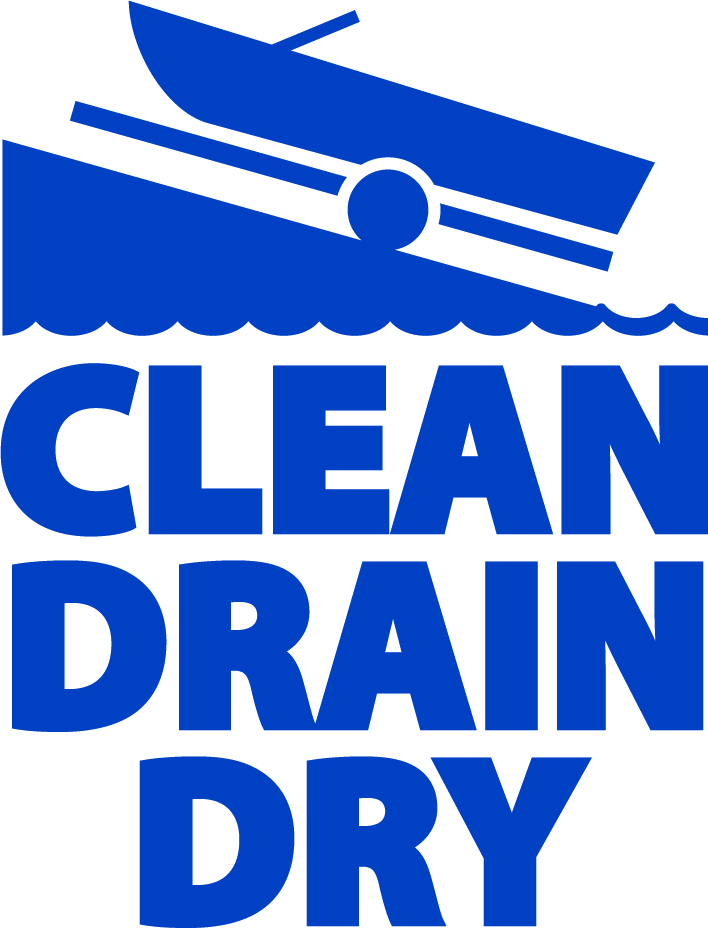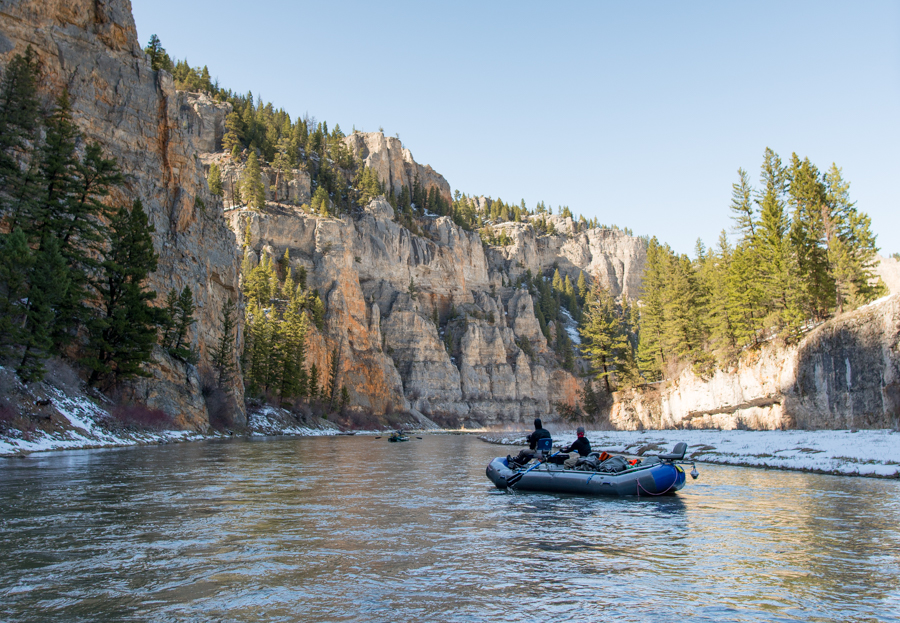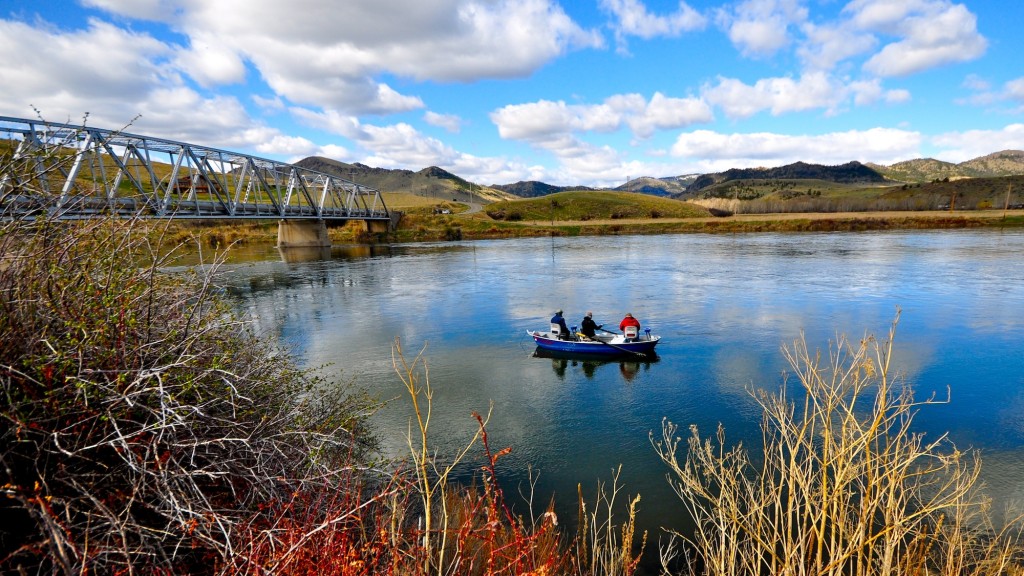Clean. Drain. Dry.
Follow these rules and stop the spread/growth of invasive species here and beyond. Your duty as an angler, boat owner, all around good human being.
I pull the weeds from my craft at the boat ramp daily. I do a perimeter check making sure all garage is inside, weeds are gone, water is gone and the craft is on the way to drying completely.
Easy. Takes a couple minutes extra work a day for your Boat to be Clean, Drained, and Drying. Pretty easy in the hot high sun.
Some speak from the FWP sites Clean. Drain. Dry
CLEAN: Completely remove all mud, water and vegetation before leaving access area.
- Cleaning will remove visible large-bodied organisms attached to or in watercraft or recreational equipment. Rinsing with water removes organisms, while hot water often kills them.
- Water at least 120°F is recommended; be sure to avoid contact with skin and check manufacturers’ recommendations to ensure equipment can withstand high temperatures.
- If hot water is not available or may cause damage, rinsing with tap water and completely drying will help prevent spread of aquatic invasive species.
- Inspect your boat, trailer, and all gear. Pay attention to crevices and hidden areas.
- Remove all mud and vegetation. Use a pressurized power sprayer found at most do-it-yourself car washes. The hot water kills organisms and the pressure removes mud and vegetation. No need to use chemicals or soap.
- Dispose of vegetation and debris in trash or on dry land away from water or ramp.
DRAIN: All water from watercraft and equipment.
- Draining removes small and nearly invisible organisms such as invasive mussel larvae (veligers) that can be found in standing water.
- Drain or remove water from boat, bilge, live well, engine, internal compartments, and bait buckets by removing drain plugs before leaving the access area.
DRY: Your watercraft and equipment. Aquatic invaders can survive only in water and wet areas.
- Dry your watercraft and fishing equipment thoroughly; this will kill most invasive species. The longer you keep your watercraft, trailer, waders, and other equipment outside in the hot sun, the better.
- Drying is necessary as many organisms can survive in standing water.
- Dry in the sun (drying times will vary) or use a towel.
Specifically designed for anglers reads below…
ANGLERS




